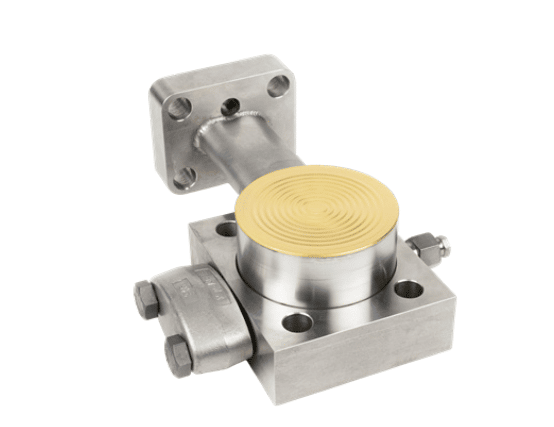

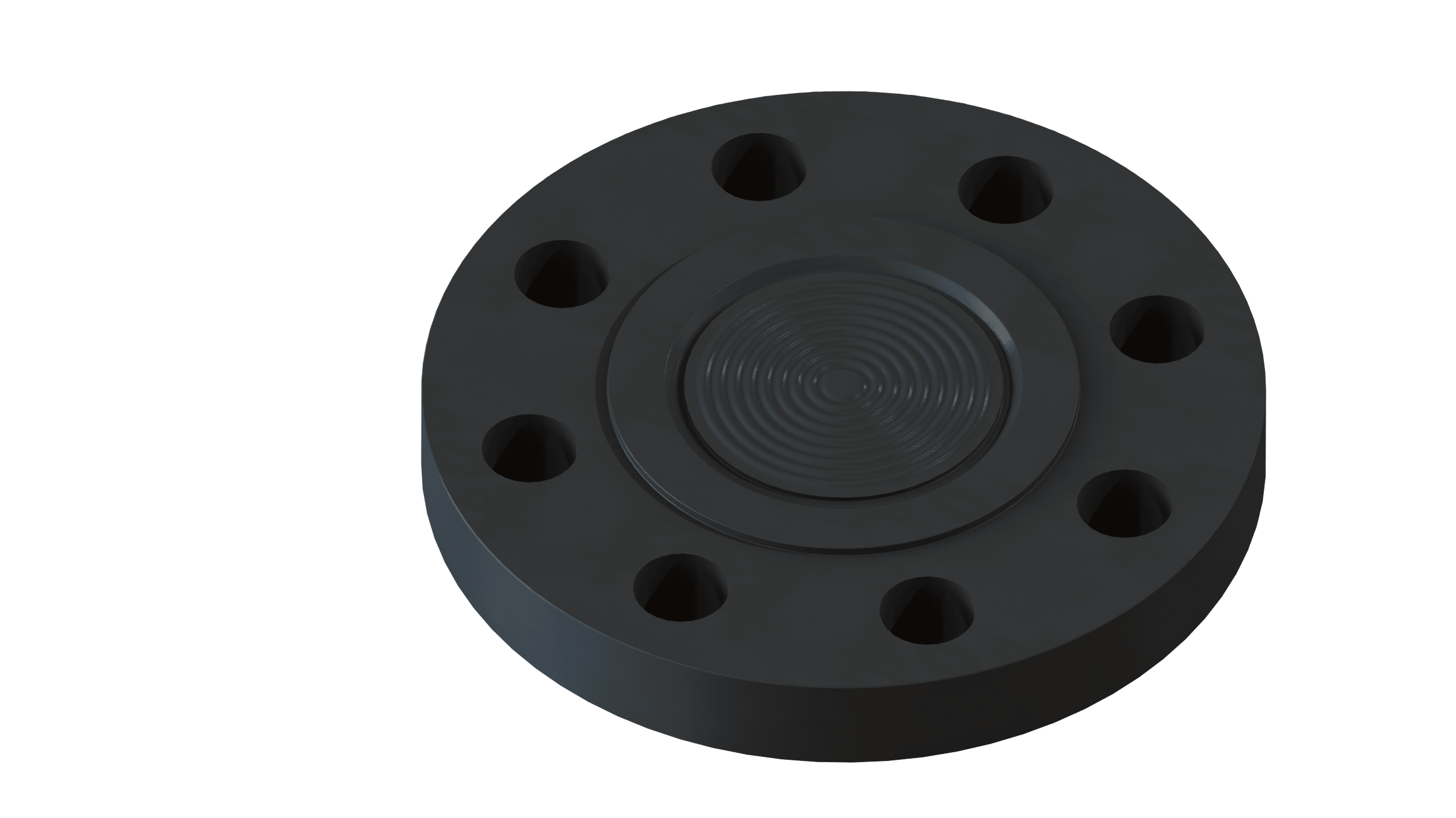
Polytetrafluoroethylene, shortly PTFE, coating has a non-stick function. The standard (S) coating...
Polytetrafluoroethylene, shortly PTFE, coating has a non-stick function. The standard (S) coating has a thickness of +/- 30µm. Optionally (T) 80µm is possible but will influence the accuracy with low span measurements. For special material applications and for BRF seals a special version is available with a standard thickness. The Low Cure (LC) option takes care of the heat influences caused during the application of the coating.
S
– Thickness: ± 30µm
– Min. temp.: -200°C
– Max. temp: +280°C
– Color: Grey/Black
T
– Thickness: ± 80µm
– Min. temp.: -200°C
– Max. temp: +280°C
– Color: Grey/Black
LC
– Thickness: ± 30µm
– Min. temp.: –200°C
– Max. temp: +280°C
– Color: Grey/Black
Polytetrafluoroethylene, shortly PTFE, coating has a non-stick function. ...
Polytetrafluoroethylene, shortly PTFE, coating has a non-stick function. The standard (S) coating has a thickness of +/- 30µm. Optionally (T) 80µm is possible but will influence the accuracy with low span measurements. For special material applications and for BRF seals a special version is available with a standard thickness. The Low Cure (LC) option takes care of the heat influences caused during the application of the coating.
S
– Thickness: ± 30µm
– Min. temp.: -200°C
– Max. temp: +280°C
– Color: Grey/Black
T
– Thickness: ± 80µm
– Min. temp.: -200°C
– Max. temp: +280°C
– Color: Grey/Black
LC
– Thickness: ± 30µm
– Min. temp.: –200°C
– Max. temp: +280°C
– Color: Grey/Black
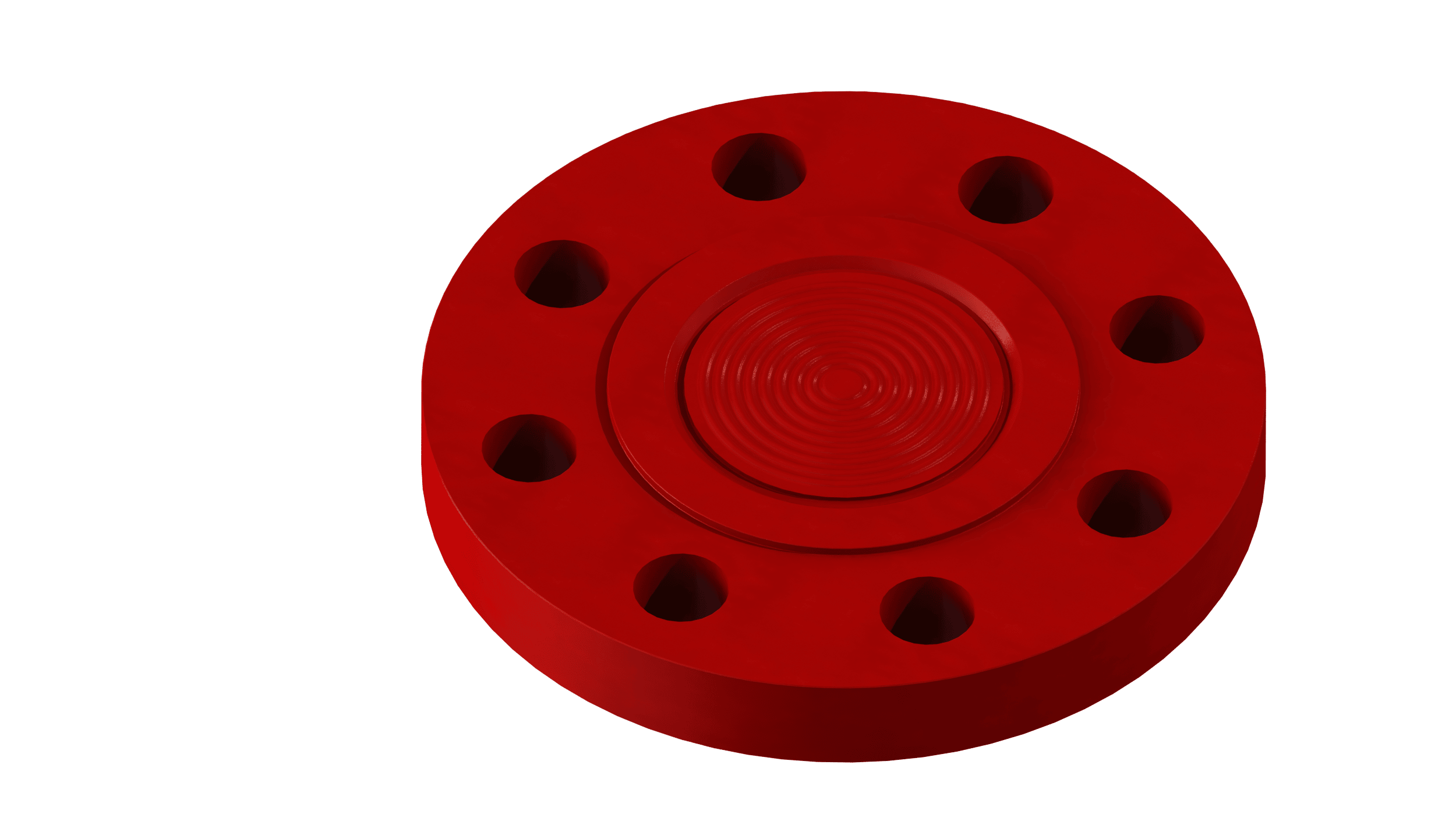
Perfluoroalkoxy, shortly PFA coating has predominantly a non-stick function. The corrosion resist...
Perfluoroalkoxy, shortly PFA coating has predominantly a non-stick function. The corrosion resistance is generally better than PTFE, as its structure is less permeable. Optionally (T) 80µm is available, but this will influence the accuracy. The PFA enhanced (E) version has special fillers to enhance the corrosion resistance.
S
– Thickness: ± 30-40µm
– Min. temp.: -200°C
– Max. temp: +260°C
– Color: black metallic
T
– Thickness: ± 80-100µm
– Min. temp.: -200°C
– Max. temp: +260°C
– Color: black metallic
E
– Thickness: ± 60-80µm
– Min. temp.: -200°C
– Max. temp: +260°C
– Color: red
Perfluoroalkoxy, shortly PFA coating has predominantly a non-stick functi...
Perfluoroalkoxy, shortly PFA coating has predominantly a non-stick function. The corrosion resistance is generally better than PTFE, as its structure is less permeable. Optionally (T) 80µm is available, but this will influence the accuracy. The PFA enhanced (E) version has special fillers to enhance the corrosion resistance.
S
– Thickness: ± 30-40µm
– Min. temp.: -200°C
– Max. temp: +260°C
– Color: black metallic
T
– Thickness: ± 80-100µm
– Min. temp.: -200°C
– Max. temp: +260°C
– Color: black metallic
E
– Thickness: ± 60-80µm
– Min. temp.: -200°C
– Max. temp: +260°C
– Color: red

Ethylene chlorotrifluoroethylene, shortly ECTFE has chemical restance, but depends on concentrati...
Ethylene chlorotrifluoroethylene, shortly ECTFE has chemical restance, but depends on concentration and temperature of the medium.
– Thickness: ± 600µm
– Min. temp.: -55°C
– Max. temp: +120°C
– Color: green
Ethylene chlorotrifluoroethylene, shortly ECTFE has chemical restance, bu...
Ethylene chlorotrifluoroethylene, shortly ECTFE has chemical restance, but depends on concentration and temperature of the medium.
– Thickness: ± 600µm
– Min. temp.: -55°C
– Max. temp: +120°C
– Color: green
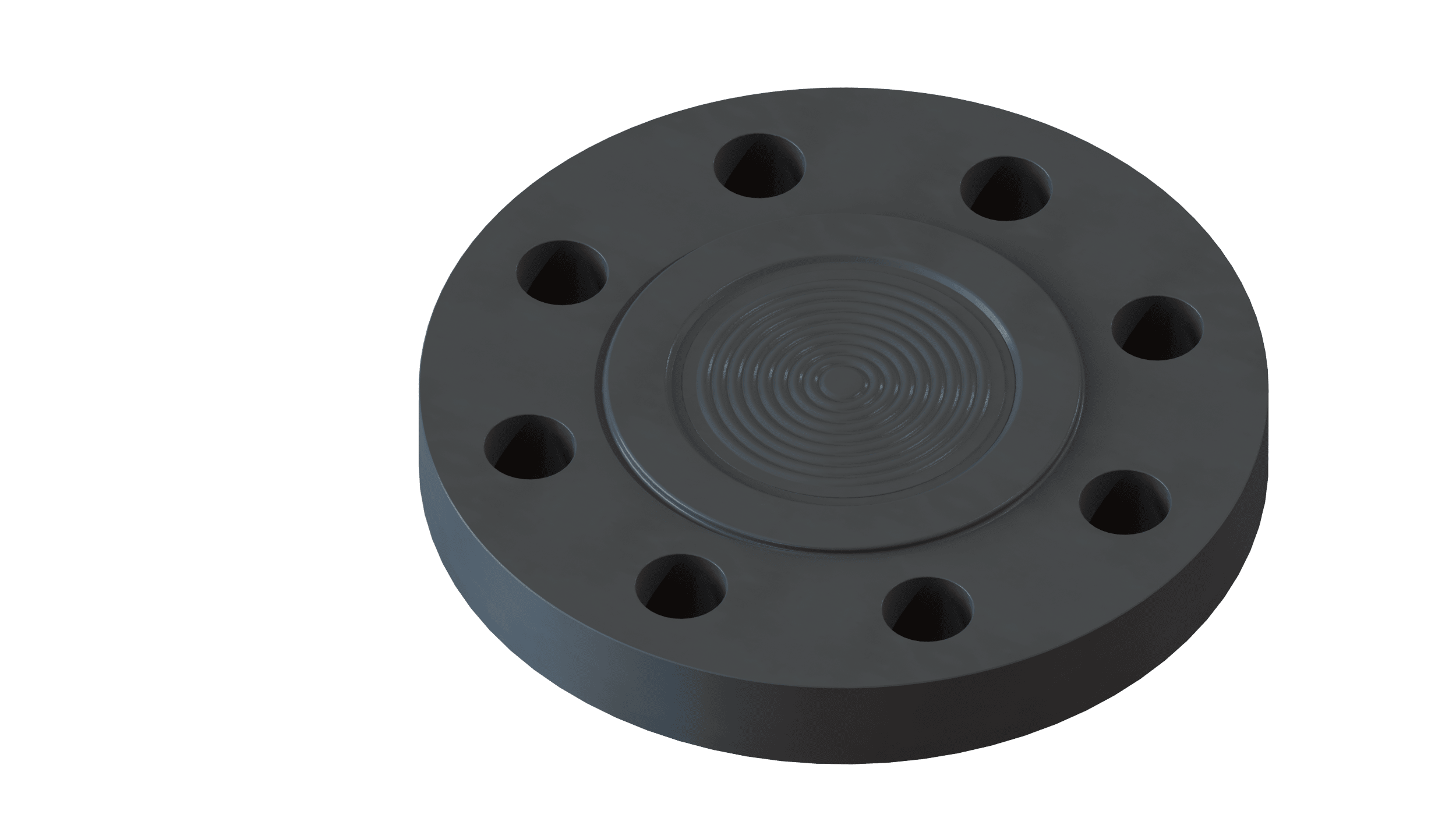
Polyvinylideenfluoride, shortly PVDF, has chemical resistance, but depends on concentration and t...
Polyvinylideenfluoride, shortly PVDF, has chemical resistance, but depends on concentration and temperature of the medium.
– Thickness: ± 100µm
– Min. temp.: -55°C
– Max. temp: +120°C
– Color: dark grey
Polyvinylideenfluoride, shortly PVDF, has chemical resistance, but depend...
Polyvinylideenfluoride, shortly PVDF, has chemical resistance, but depends on concentration and temperature of the medium.
– Thickness: ± 100µm
– Min. temp.: -55°C
– Max. temp: +120°C
– Color: dark grey
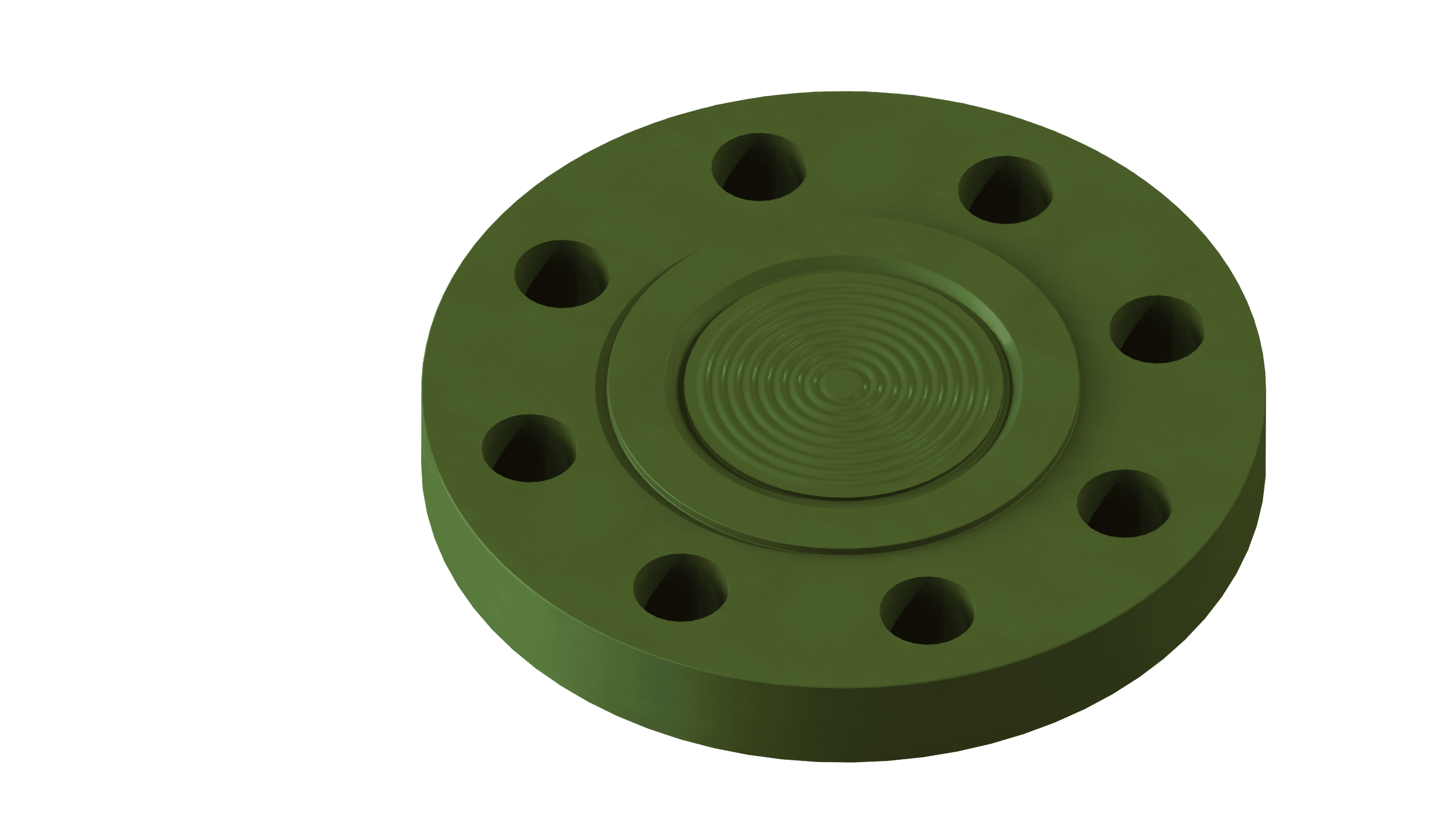
Fluorinated ethylene propylene, shortly FEP coating has a non-stick function.
– Thic...
Fluorinated ethylene propylene, shortly FEP coating has a non-stick function.
– Thickness: ± 30-40µm
– Min. temp.: -200°C
– Max. temp: +205°C
– Color: green
Fluorinated ethylene propylene, shortly FEP coating has a non-stick funct...
Fluorinated ethylene propylene, shortly FEP coating has a non-stick function.
– Thickness: ± 30-40µm
– Min. temp.: -200°C
– Max. temp: +205°C
– Color: green

Gold is one of the noblest materials. As such, providing a thin layer of gold to a base metal wil...
Gold is one of the noblest materials. As such, providing a thin layer of gold to a base metal will provide protection against hydrogen permeation. To protect the Diaphragm Seal against the permeation of H+ ions through the diaphragm foil, Badotherm offers a layer of 25µm or even 40µm a thickness of gold.
Gold is one of the noblest materials. As such, providing a thin layer of ...
Gold is one of the noblest materials. As such, providing a thin layer of gold to a base metal will provide protection against hydrogen permeation. To protect the Diaphragm Seal against the permeation of H+ ions through the diaphragm foil, Badotherm offers a layer of 25µm or even 40µm a thickness of gold.
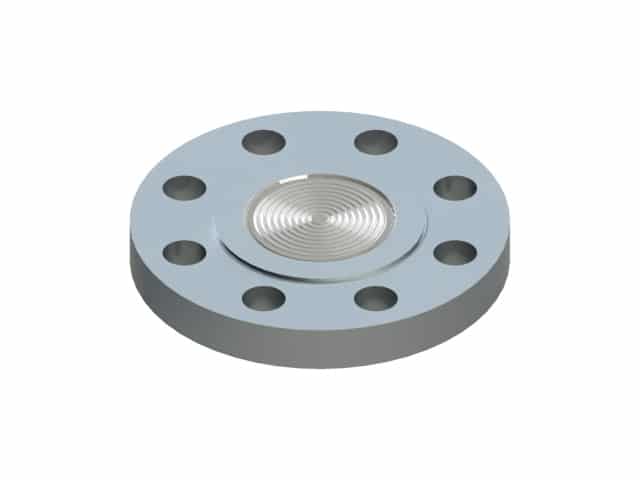
Silver electroplating is a chemical technique that involves covering the diaphragm made of AISI31...
Silver electroplating is a chemical technique that involves covering the diaphragm made of AISI316L with a thin layer of Silver. This thin layer up to 40 microns is an excellent wear resistant plating.
Silver electroplating is a chemical technique that involves covering the ...
Silver electroplating is a chemical technique that involves covering the diaphragm made of AISI316L with a thin layer of Silver. This thin layer up to 40 microns is an excellent wear resistant plating.
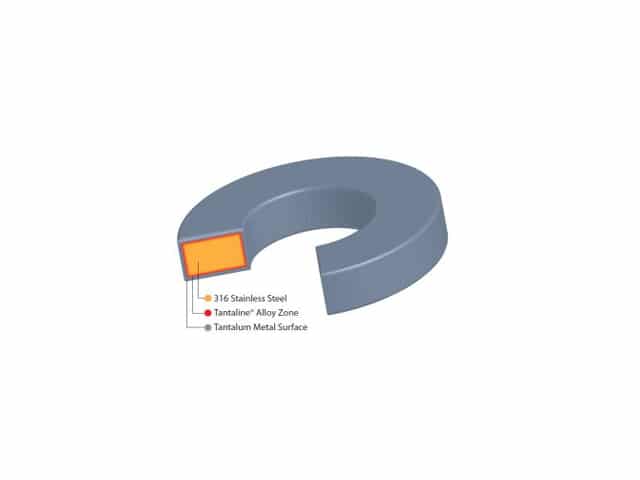
Tantaline® products consist of a core substrate (typically stainless steel) which is treated to...
Tantaline® products consist of a core substrate (typically stainless steel) which is treated to create an extremely rugged, uniform, inert and corrosion resistant tantalum surface. Tantaline® can be applied on lower parts, flush accessories or valves.
Tantaline® products consist of a core substrate (typically stainless ste...
Tantaline® products consist of a core substrate (typically stainless steel) which is treated to create an extremely rugged, uniform, inert and corrosion resistant tantalum surface. Tantaline® can be applied on lower parts, flush accessories or valves.

Thermal spraying is a technology which improves the surface of metal product. Thermal spray provi...
Thermal spraying is a technology which improves the surface of metal product. Thermal spray provides resistance to: Wear, erosion, cavitation, corrosion, abrasion or heat. For Badotherm products it can be applied on thermowells used under severe abrasive conditions. Materials like Stellite or Alloy 625 can be applied. For seal the BF flanged seals mounted can be protected by thermal sprayed aluminium (TSA). This TSA is applied in offshore applications.
Thermal spraying is a technology which improves the surface of metal prod...
Thermal spraying is a technology which improves the surface of metal product. Thermal spray provides resistance to: Wear, erosion, cavitation, corrosion, abrasion or heat. For Badotherm products it can be applied on thermowells used under severe abrasive conditions. Materials like Stellite or Alloy 625 can be applied. For seal the BF flanged seals mounted can be protected by thermal sprayed aluminium (TSA). This TSA is applied in offshore applications.
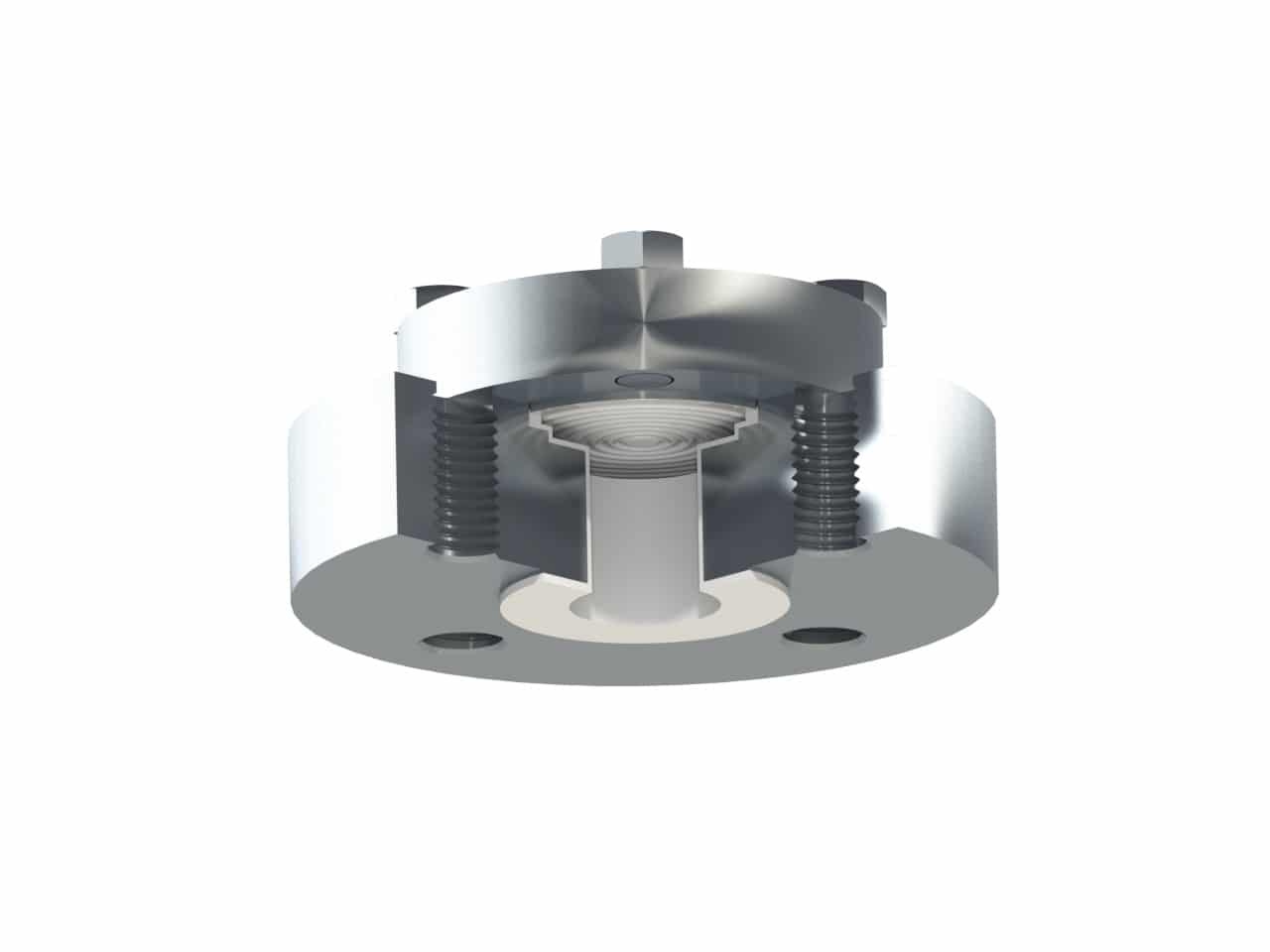
The virgin PTFE lining is a common used protection against aggressive media such as chloride. The...
The virgin PTFE lining is a common used protection against aggressive media such as chloride. The lining is a chemical resistant solution because of it’s thickness of 1mm. The lining is shaped into a solid stainless steel part that can be fixed to the process band give the strength up to higher pressure ratings.
– Thickness: 1mm
– Min. temp.: -150°C
– Max. temp: +260°C
– Color: white
The virgin PTFE lining is a common used protection against aggressive med...
The virgin PTFE lining is a common used protection against aggressive media such as chloride. The lining is a chemical resistant solution because of it’s thickness of 1mm. The lining is shaped into a solid stainless steel part that can be fixed to the process band give the strength up to higher pressure ratings.
– Thickness: 1mm
– Min. temp.: -150°C
– Max. temp: +260°C
– Color: white
The virgin PTFE sheet is mostly used at US, USL and USM type of seals as the sheet should be clam...
The virgin PTFE sheet is mostly used at US, USL and USM type of seals as the sheet should be clamped. The sheet is applied together with fluorinated oil to keep the foil in its place in case of disassembly. The sheet is for anti-stick because of the limited thickness of 0.1mm. The foil is in accordance with FDA 21 CFR 177.1550. Virgin PTFE foil cannot be used on vacuum applications.
– Thickness: ± 0.1mm (100µm)
– Min. temp.: -150°C
– Max. temp: +260°C
– Color: white
The virgin PTFE sheet is mostly used at US, USL and USM type of seals as ...
The virgin PTFE sheet is mostly used at US, USL and USM type of seals as the sheet should be clamped. The sheet is applied together with fluorinated oil to keep the foil in its place in case of disassembly. The sheet is for anti-stick because of the limited thickness of 0.1mm. The foil is in accordance with FDA 21 CFR 177.1550. Virgin PTFE foil cannot be used on vacuum applications.
– Thickness: ± 0.1mm (100µm)
– Min. temp.: -150°C
– Max. temp: +260°C
– Color: white
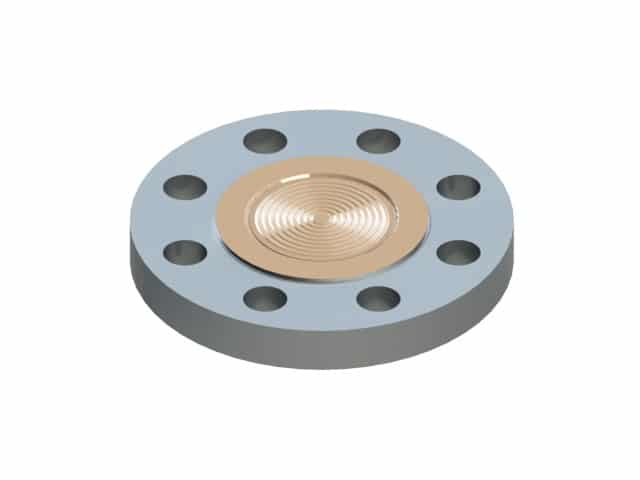
The PTFE fiberglass has a self-adhesive layer that can be used to fix the sheet to the diaphragm....
The PTFE fiberglass has a self-adhesive layer that can be used to fix the sheet to the diaphragm. The adhesive is on a silicone basis so cannot be used for oxygen application. The sheet is for anti-stick because of its limited thickness of 0.1mm.
– Thickness: ± 0.1mm (100µm)
– Min. temp.: -180°C
– Max. temp: +260°C
– Color: brown
The PTFE fiberglass has a self-adhesive layer that can be used to fix the...
The PTFE fiberglass has a self-adhesive layer that can be used to fix the sheet to the diaphragm. The adhesive is on a silicone basis so cannot be used for oxygen application. The sheet is for anti-stick because of its limited thickness of 0.1mm.
– Thickness: ± 0.1mm (100µm)
– Min. temp.: -180°C
– Max. temp: +260°C
– Color: brown